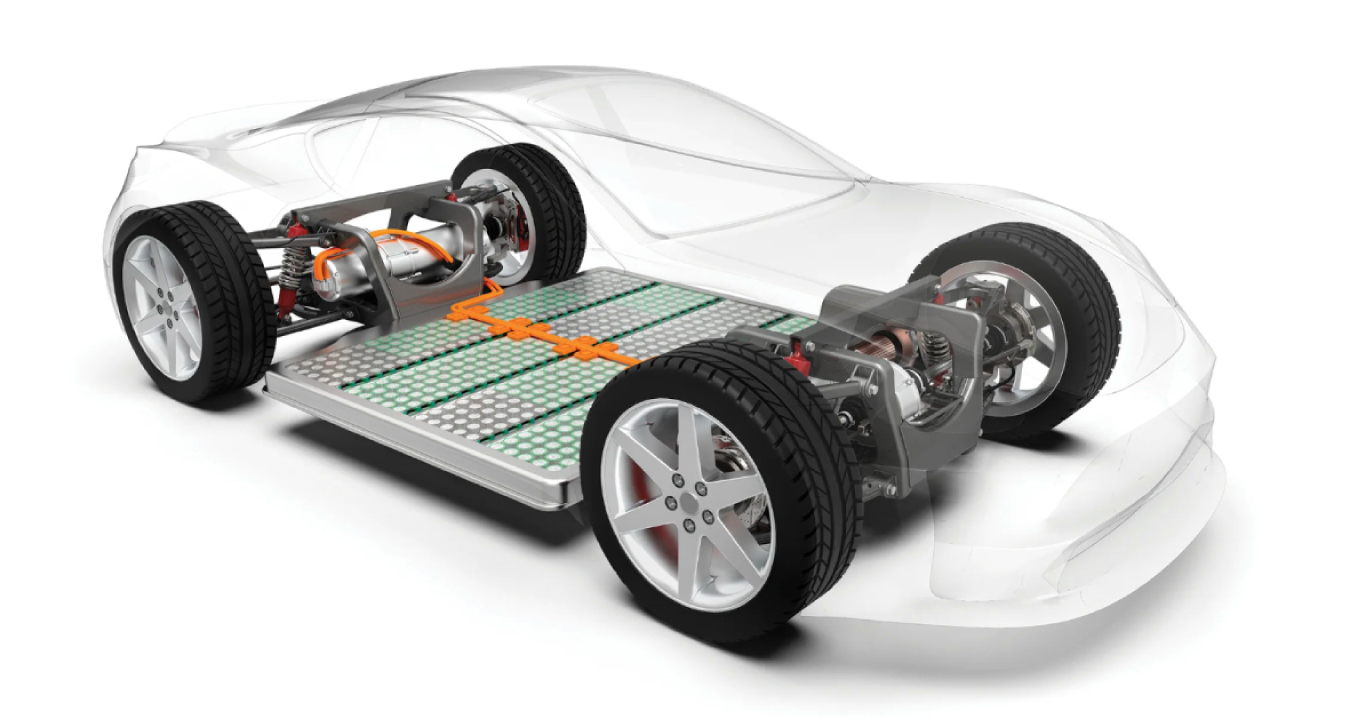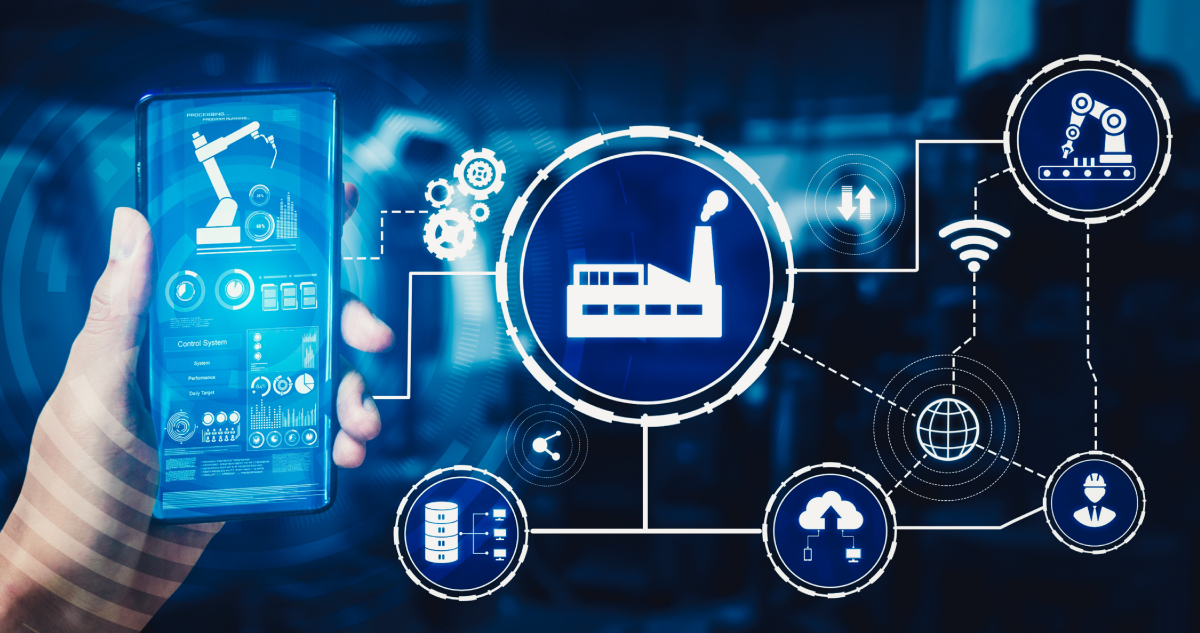Why is cleaning needed
Harmful contaminants such as solder and adhesive residues, flux, and dust and debris from other manufacturing processes and handling are often formed during the course of electronics manufacture, and the primary purpose of cleaning is to remove these contaminants at regular intervals. This ultimately leads to increased lifetime of the electronic product by ensuring good surface resistance and by preventing current leakage due to PCB failure.
With the constantly evolving cleaning market to meet the demands of the ever-expanding electronics industry, it is of paramount importance that the level of cleanliness required be clearly defined. A correct method must then be used to ensure that the level of cleanliness achieved meets the standard specified by the electronics engineer.
When to perform cleaning
There are many stages where cleaning is required:
- Before stencilling and soldering to remove contaminants from the previous production stages
- After stencilling to remove excess solder/adhesive
- After soldering to remove corrosive flux residues and any excess solder
How is cleaning performed
Precise application of solder is often achieved using a stainless steel stencil over the printed circuit board. Once the circuit design has been finalised, it is mostly purchased as a set of a stencil and many PCBs (a single stencil can be used on thousands of PCBs). The solder is applied on the stencil through which it flows precisely onto the PCB below.
The ultimate goal of cleaning is to remove unwanted residue from the surface and under components. This is achieved by considering selection of components, board mater ial compatibility, placement and defining solder mask in the Design Phase. The cleaning agent must be according to the solder alloy and flux composition with proper heat exposure. The Cleaning Agent must be selected with reuse, environmental, temperature, use rate and Health and Safety considerations in mind. Any Cleaning Machine used must perform proper fluid management, give a good throughput and consume less energy.
ial compatibility, placement and defining solder mask in the Design Phase. The cleaning agent must be according to the solder alloy and flux composition with proper heat exposure. The Cleaning Agent must be selected with reuse, environmental, temperature, use rate and Health and Safety considerations in mind. Any Cleaning Machine used must perform proper fluid management, give a good throughput and consume less energy.
Types of cleaning in electronics manufacturing
Proper cleaning can be categorised into PCB Cleaning, Stencil Cleaning and Maintenance Cleaning.
PCB cleaning
This can be further categorised into inline and batch aqueous sprays for in-air cleaning, ultrasonic and batch immersion cleaning, manual PCB and benchtop cleaning and vapour degreasing.
While inline washers use high flow, energy and deflective forces, batch cleaning machines are designed to wash, rinse and dry assemblies of smaller footprint. In ultrasonic and batch immersion cleaning, the product being washed is completely immersed in the cleaning agent using either ultrasonic energy or spray-under-immersion forces. Manual PCB and benchtop cleaning is required in rework and repairs to production assemblies and after hand placement of BGAs, connectors or other surface mount components and this is achieved by using an aerosol can or a pump dispenser and ensuring the right cleaning chemistry. In vapour degreasing, the engineered cleaning fluid is a blend of solvents which behave like an azeotrope to produce a constant boiling system at a specific temperature range.
footprint. In ultrasonic and batch immersion cleaning, the product being washed is completely immersed in the cleaning agent using either ultrasonic energy or spray-under-immersion forces. Manual PCB and benchtop cleaning is required in rework and repairs to production assemblies and after hand placement of BGAs, connectors or other surface mount components and this is achieved by using an aerosol can or a pump dispenser and ensuring the right cleaning chemistry. In vapour degreasing, the engineered cleaning fluid is a blend of solvents which behave like an azeotrope to produce a constant boiling system at a specific temperature range.
Stencil cleaning
According to some estimates, up to 70% of solder defects are attributed to the stencil printing process.
 Stencil cleaning is categorised into under-stencil wiping to remove soils, ultrasonic cleaning to remove trace levels of solder paste from stencil openings, solvent-based cleaning to clean wet solder paste, adhesives and flux residues from stencils, mis-printed PCBs, wave soldering pallets, tools and fixtures, spray-in-air aqueous wash/rinse to rapidly dissolve the solder paste, hand-held stencil cleaning to remove trace levels of solder paste from the apertures, and misprint cleaning to address misprints due to issues such as clogged apertures, stencil out of alignment and solder paste rheology shifts.
Stencil cleaning is categorised into under-stencil wiping to remove soils, ultrasonic cleaning to remove trace levels of solder paste from stencil openings, solvent-based cleaning to clean wet solder paste, adhesives and flux residues from stencils, mis-printed PCBs, wave soldering pallets, tools and fixtures, spray-in-air aqueous wash/rinse to rapidly dissolve the solder paste, hand-held stencil cleaning to remove trace levels of solder paste from the apertures, and misprint cleaning to address misprints due to issues such as clogged apertures, stencil out of alignment and solder paste rheology shifts.
Maintenance cleaning
Like any manufacturing process, equipment maintenance is essential for process maintenance needs such as wave solder fingers and pallet cleaning, reflow oven maintenance, wash tank descalers and defoamers as well as other preventive and general maintenance cleaning tasks. 
MELSS brings you cleaning solutions from KYZEN, the global leader in advanced electronics assembly cleaning technologies, who develop and deliver electronics manufacturing cleaning products and services for improved reliability, constantly innovating to match the changing requirements of the electronics industry.





